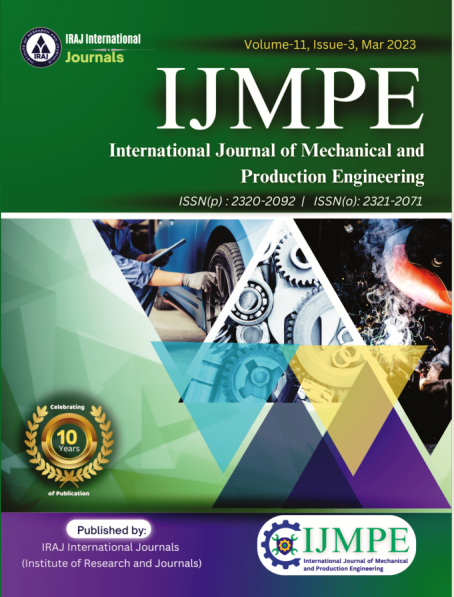Publish In |
International Journal of Mechanical and Production Engineering (IJMPE)-IJMPE |
 Journal Home Volume Issue |
||||||||
Issue |
Volume-6,Issue-1 ( Jan, 2018 ) | |||||||||
Paper Title |
Numerical Investigation of the Effects of Flame Radius on Flame Propagation in an Engine Cylinder | |||||||||
Author Name |
Ahmet Alper Yontar | |||||||||
Affilition |
Department of Mechanical Engineering, Kırıkkale University, Kırıkkale 71450, Turkey | |||||||||
Pages |
26-30 | |||||||||
Abstract |
In this study; The effects of flame structures on engine characteristics and flame development have been numerically investigated at a sequential ignition engine. A single cylinder of the Honda L13A4 i-DSI (Intelligent-Dual Sequential Ignition) engine (intake-exhaust manifold connections, intake-exhaust valves, cylinder, cylinder head, piston, spark-plugs etc.) was modeled in STAR-CD/es-ice software for the gasoline usage taking into account all components related to the combustion chamber. In the numerically modeled engine, there are two spark plugs located in different zones in each cylinder. With sequential ignition made at different times, it is possible to increase the combustion efficiency, reduce the HC emission and reduce the fuel consumption by providing more efficient reaching of the flame in-cylinder. The ignition difference between the two spark plugs is determined by the electronic control unit (ECU) of the engine between 2-5 CAD depending on the number of revolutions. In the analysis, engine speed is 3000 rpm, compression ratio is 10.8: 1, air-fuel ratio is 0.9, ignition advance at 30-25 CAD, were kept constant. The optimum flame radius value was determined in these conditions and k-ε RNG turbulence model, Angelberger wall interaction and G-equation combustion model were used. The effect of flame on engine characteristics is the function of flame radius and flame thickness. Prior to the numerical studies, the number of mesh and cold flow studies were performed. In the study, three different analysis were carried out to determine the effect of the flame radius. In simulations, the flame radius was changed to 0.0005 m, 0.0010 m and 0.0020 m, respectively. As a result of the study, images of flame formation and development were obtained for the time period up to the top dead center at the time of sequential ignition. It was determined that the net work area was obtained from the highest power and pressure-volume graph when the flame radius was 0.0010 m for the specified operating conditions. Keywords- Flame Radius, Flame Propagation, Combustion Modelling, Engine Characteristics, CO2, NOx. | |||||||||
| View Paper | ||||||||||